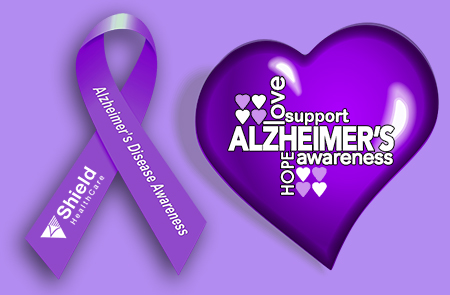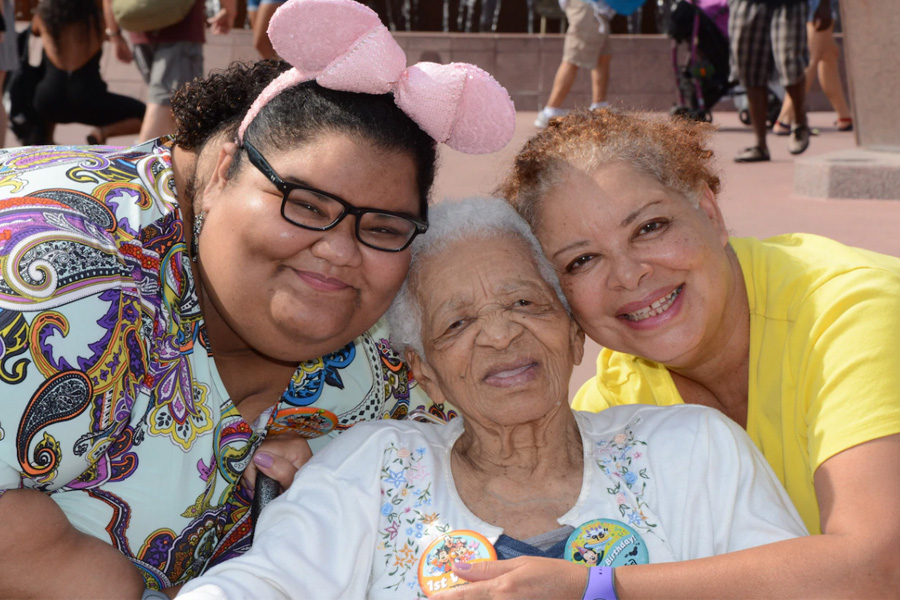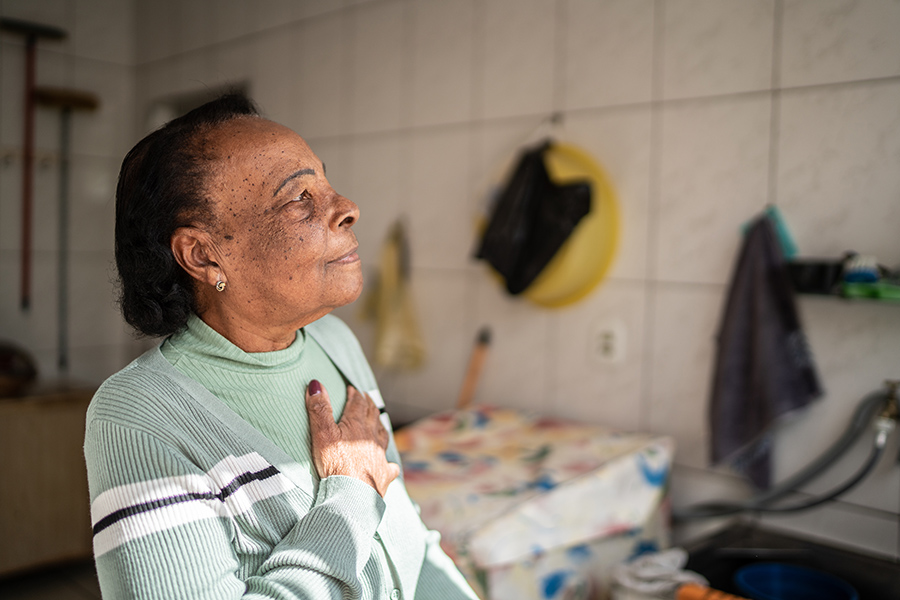Congress first designated November 1983 as National Alzheimer’s Disease Awareness Month. At the time, fewer than 2 million Americans were living with Alzheimer’s; since then, that number has more than doubled. Each November, we recognize the 5.4 million Americans living with Alzheimer’s disease and honor the more than 15.4 million caregivers, families and friends who support them.
What is Alzheimer’s Disease?
Alzheimer’s disease is a form of dementia that causes brain cells to degenerate and die, leading to memory loss and a decline in thinking skills. Alzheimer’s disease is the most common type of dementia, accounting for 50-80% percent of dementia cases. Most individuals with the disease have late-onset Alzheimer’s, which begins to develop after reaching age 65. Nearly 5% of people with the disease have early-onset Alzheimer’s, which can appear when someone is in their 30s, 40s or 50s.
Alzheimer’s disease is progressive. Its symptoms move from mild to severe over a period of years, and people in its later stages may lose the ability to talk, walk and eat. The average life expectancy of people with Alzheimer’s is anywhere from three to eight years after their symptoms become noticeable to others, although in some cases survival can extend up to to twenty years. One in three seniors passes away with a form of dementia.
Some of the warning signs of Alzheimer’s disease look similar to those commonly expected with aging. However, memory loss caused by nerve damage gets progressively worse over time. To learn more about Alzheimer’s warning signs, see this article comparing Alzheimer’s disease and age-related memory changes.
Treatment Options
Unfortunately a cure for Alzheimer’s disease has not yet been discovered. However, there are ways to help manage its effects both with and without medication:
- Some prescription medications have been shown to help slow the decline of mental functions and memory loss. Currently the U.S. FDA has approved two types of medications that treat the cognitive symptoms: cholinesterase inhibitors (Aricept, Exelon, Razadyne, Cognex) and memantine (Namenda).
- Medications such as anti-depressants, anxiolytics (for anxiety/restlessness), antipsychotic medications (for hallucinations) or sleep aids may help with behavioral problems
- Individuals coping with Alzheimer’s that are still in its early stages can help maintain muscle strength and improve coordination through repetitive activities such as walking and weeding
- Incontinence aids can help caregivers with routine bathroom functions and help prevent infections
- Nutrition therapies, whether oral or enteral, can help patients meet their dietary needs
The Role of Caregivers
More than 15.4 million Americans provide unpaid care for someone with Alzheimer’s disease or dementia. Unpaid caregivers are usually immediate family members or other relatives and friends. These caregivers provideded an estimated 17.4 billion hours of unpaid care last year.
Caregivers for those with Alzheimers and Dementia face special challenges and need a great deal of long-term support. There are many tools and resources available online for caregivers, including Alzheimer caregiver support groups, tools for managing caregiver stress, home care training and care options, financial and legal planning advice and much more. The Alzheimer’s Association offers caregiver support and assistance in their online Caregiver Center.
Learn more about Alhzeimer’s Disease, including warning signs and treatment options, from the Alzheimer’s Association, Alzheimer’s Foundation of America and in Shield HealthCare’s Caregiver Community.























